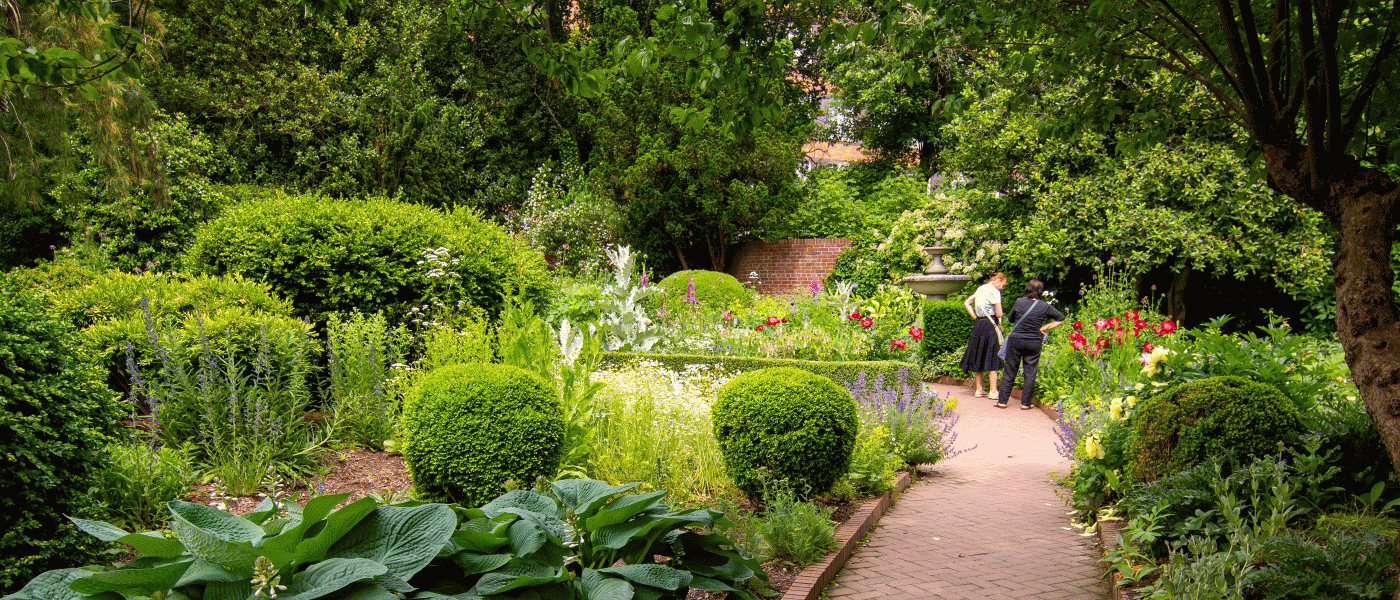Shakespeare Garden
More than 80 kinds of plants mentioned in the works of William Shakespeare grow in this English cottage–style garden. Many are labeled with the common or Shakespearean name, the botanical name, a relevant quotation from a poem or play by the Bard, and a graphic illustration of the plant.
Spring brings a lovely display of bulbs, starting with snowdrops as early as February, followed by a succession of daffodils, fritillary, squill, dwarf irises, and tulips.
In summer, lettuces, berries, and herbs are interplanted with ornamental plants in the beds in the style of a European kitchen garden, surrounded by gorgeous borders of lilies, poppies, and snapdragons. Sprays of asters appear in fall.
Highlights
Garden Layout
Learn More
Bloom Alert: Early Spring Blooms
Snowdrop Struck
Learn to How to Create a Potager: A French Kitchen Garden








